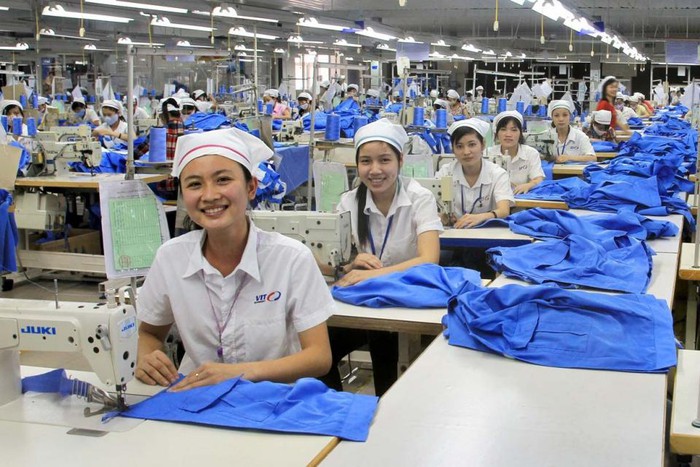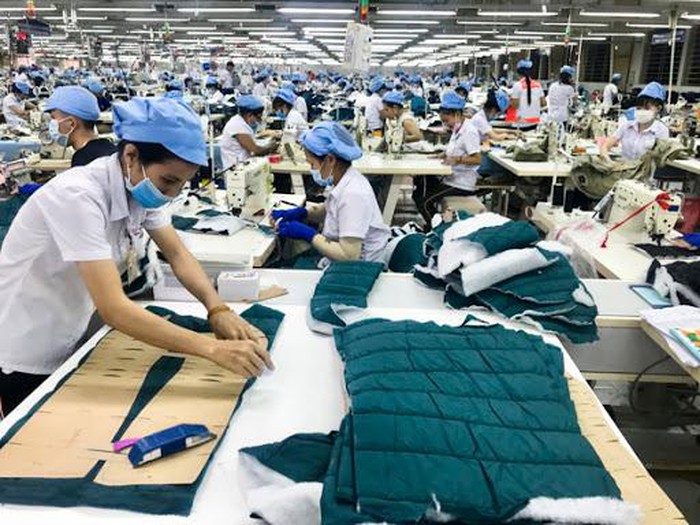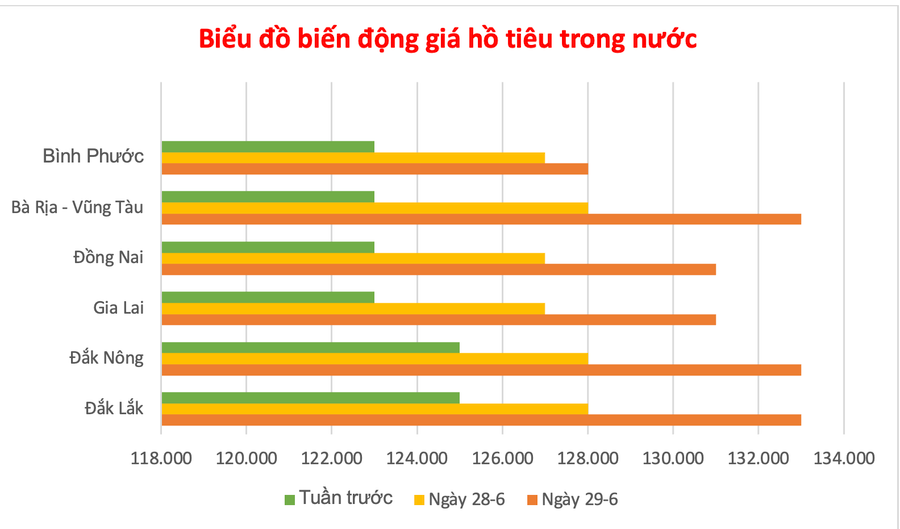According to the Vice Chairman of Vietnam Textile and Apparel Association, Vietnam’s textile and garment industry is facing a tremendous challenge due to the loss of orders to India and Bangladesh. Therefore, a number of textile and apparel enterprises are in the state of loss and risk of bankruptcy.

Vietnam’s yarn, textile and garment industry are short of foreign orders.
At the XII Regional Cooperation – Connection and EnterpriseDevelopment Forum, held on December 18, 2019 in Phu Tho Province, Mr. NguyenXuan Duong, Chairman of Hung Yen Business Association – Vice Chairman ofVietnam Textile and Apparel Association Nam said that, in 2019 Vietnam’s yarnand garment enterprises faced many challenges, which were difficult to overcomethemselves to maintain the growth rate as in previous years.
In the past ten years, Vietnam’s textile and garmentindustry has continuously grown at an average rate of over 15% per year,attracting and creating millions of jobs. This year, however, the garmentindustry is short of orders, the processing price has dropped unprecedentedly;the yarn industry has been discounted and cannot sell goods; the textileindustry cannot develop because of lack of capital, technology and foreign investment.
Vietnam’s textile andapparel industry loses orders to India and Bangladesh
“The objective reason was that Vietnamese garments lostcompetitive advantage to other export countries, including India andBangladesh. These two countries have the same export turnover as ours in 2018(about US $ 35 – 37 billion) but they now have better comparative advantage.”,said Mr. Duong.
For example, the minimum wage of India and Bangladesh is only100 – 120 USD, while that of Vietnam is over 200 USD. They also have manypolicies to support Textile and Garment enterprises, such as refunding VAT at ahigh rate, providing low credit interest rates, and special water treatment fortextile industry. In addition, the Rupee and Taka against the US dollarcontinuously decreased, so that their products were always cheaper. As theresult, outsourced orders in Vietnam have been shifted to India and Bangladesh sincethe end of 2018.
Besides, Chinese textile manufacturers have adjusted theirimport plan due to the U.S.-China trade war, so Vietnam’s yarn producers have alsobeen significantly affected. At the same time, the Yuan depreciated by over 10%against the US dollar, so the Vietnamese yarn’s price increased and the amountof exported yarn have dropped quite deeply.
There are many businesses which have experienced hundreds ofbillions of losses and many other are at risk of closure or bankruptcy”, saidMr. Duong.

Many Vietnamese Textile and Garment enterprises are in the state of loss or at risk of bankcruptcy.
Policy is”binding” the Vietnam Textile and Garment industry
Vietnamese Textile enterprises are small in scale andweak in performance. Therefore, the average labor productivity is lower than thatof other countries in the region. Meanwhile, the minimum wage and other costs(insurance, union fees…) are constantly increasing, at a much higher rate thanthe increase in labor productivity. Therefore, the textile enterprises are graduallylosing their competitiveness.
On the other hand, Vietnam’s Labor policies have failedto keep pace with the market economy, because overtime for employees aretightened (Vietnam 200 – 300 hours/year; China 600 hours/year and Japan 720hours/year). This, therefore, makes employers to break the regulations in orderto develop. Beterwok once recommended customers to make contracts with othercountries because of this issue.
At the same time, an employee is entitled to terminatethe labor contract in all cases with a short notice, while the employer stillhas to fulfill all kinds of payment without compensations for themselves. Thishas led to the situation where employees proactively jump from one enterpriseto another, causing too much labor disturbance to Textile and Garmententerprises (a labor-intensive type of business).
In addition, Vietnam’s textile and apparel industrycannot take advantage of tax reduction opportunities for exports, althoughVietnam has joint many multilateral trade agreements such as CTTPP, EVFTA orbilateral agreements like Vietnam – Japan and Vietnam – Korea. The reason isthat Vietnamese textile and apparel goods are only exempted or reduced fromtaxes if the fibers (or fabrics) are made in Vietnam.
What TextileEnterprises are doing and what they need?
At the moment, Vietnam’s Textile and Garment industry arefocusing only on renovating technology and equipment in the direction of modernadvanced technology 4.0; and training employees to increase labor productivity.However, this effort can only increase productivity by 5-7% per year, which isnot enough to compensate for the increase in the minimum wage every year.
What they need now is a reform in administrativeprocedures and supportive policies including access to capital, land, water andtechnology. They also seek for changes in the labour regulations, so thatemployees can have more ovetime to work. Nevertheless, a close attention of thegovernment on helping business promotion and guidance with international law wouldbe very helpful when Textile and Garment companies join global markets.
Hoang Lan
Nguồn Doanh Nghiệp: http://doanhnghiepvn.vn/english/vietnam%E2%80%99s-yarn-textile-and-garment-industry-why-do-things-stand-on-the-brink-of-bankruptcy/20200223114452428
















